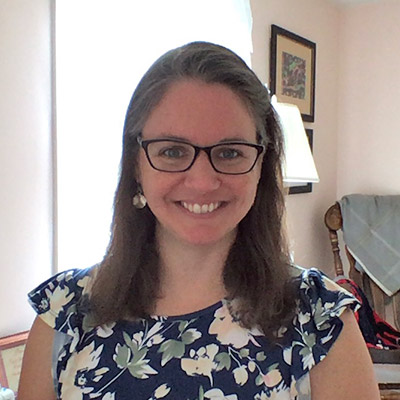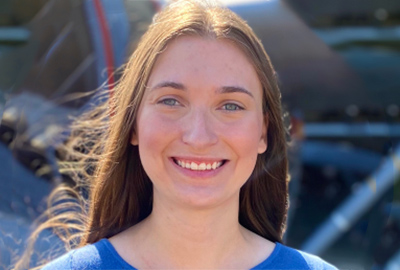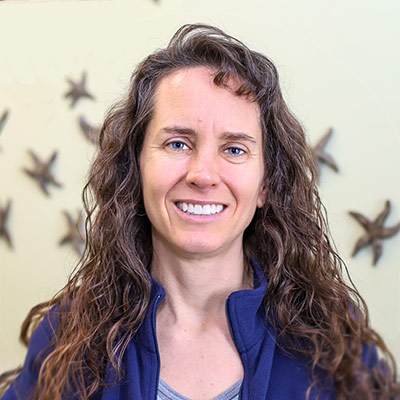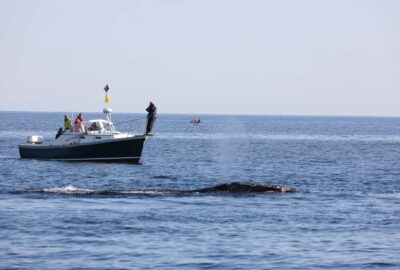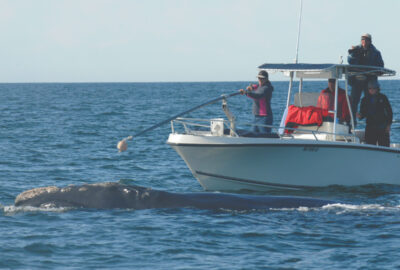Please note: We strongly recommend purchasing tickets online in advance to guarantee entry, as we do sell out on weekends.
Perspectives on using Protected Species Observer (PSO) data to fill knowledge gaps about marine species distributions and habitat use
By Laura C Ganley, Nicholas B Sisson, Katherine R McKenna, Jessica V Redfern
Originally published in ICES Journal of Marine Science in June 2024

Abstract
Responsible offshore wind energy development requires addressing knowledge gaps of marine mammal distribution and response to wind energy development. Data collected by Protected Species Observers (PSOs) could help fill these gaps if they were used to fit species distribution models. However, because PSO data are not systematically collected, a critical exploration of their potential utility is needed. We reviewed PSO data collected during offshore wind geophysical surveys. Our intention was to compare predictions from two species distribution models—one model fit with systematically collected data and the second model fit with PSO data. However, developing a model using the PSO data was impossible due to data collection and reporting procedures. Therefore, we reframed our question to “What changes would be necessary for PSO data to be used to understand species distributions?” We compared PSO data with data collection fields recommended by US federal agencies and data collection requirements in Marine Mammal Protection Act Incidental Harassment Authorizations. We found PSO data collection fields and monitoring reports need standardization requirements. Our evaluation of PSO data revealed that publicly available PSO data are limited. We recommend making PSO data publicly available. If these recommendations are adopted, PSO data could help to fill knowledge gaps about marine mammal distribution.
Full Text

